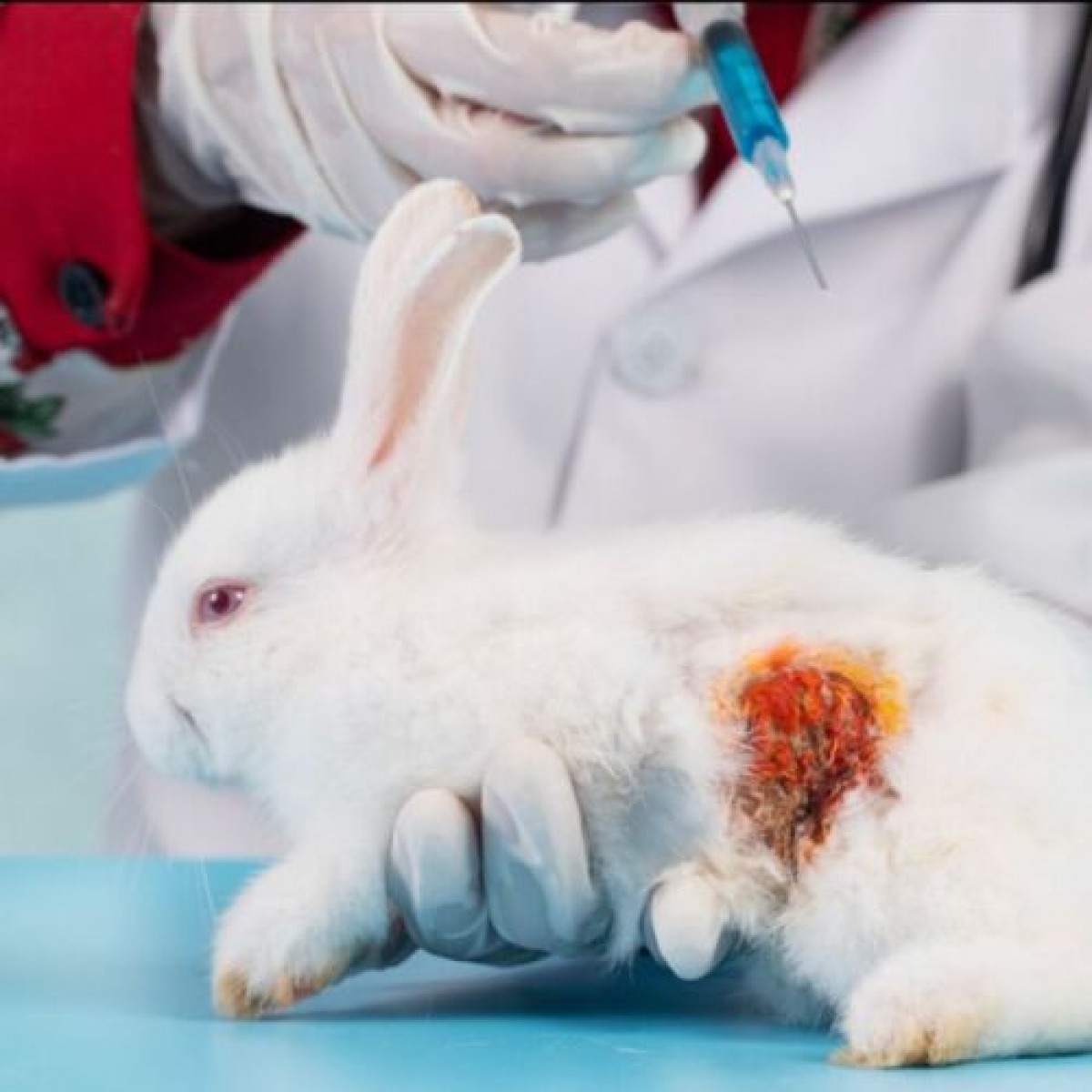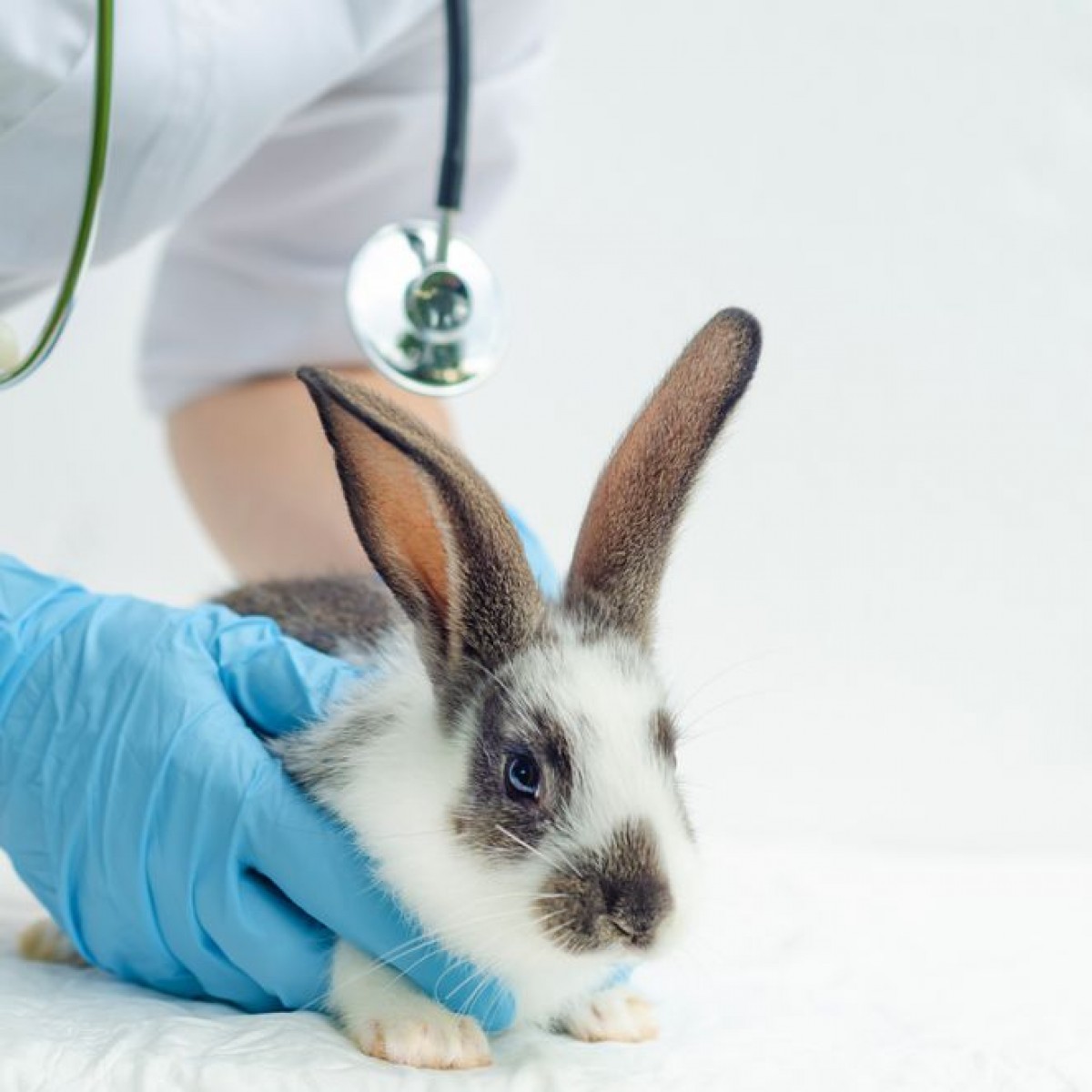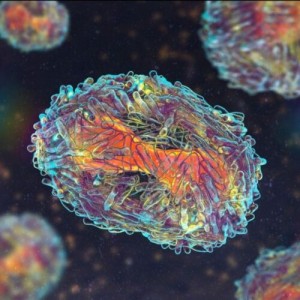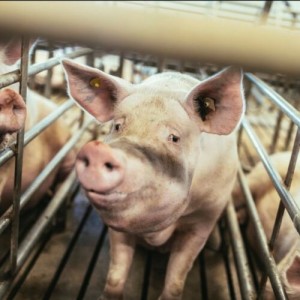Evaluating Pain in Rabbits
Rabbits are the third most popular pet in the United States behind dogs and cats, and are frequently used in experimental studies. Many surgical procedures, including ovariohysterectomy, orchiectomy, and dental procedures, are regularly performed on rabbits, and the need for appropriate perioperative analgesia is important. In addition, untreated pain in rabbits used for experimental purposes can influence test results and skew research outcomes. Therefore, a rabbit’s pain must first be detected and quantified, because precise pain evaluation is important not only for the rabbits’ welfare, but also to ensure accurate scientific data. A recent study sought to determine if an established pain scale could accurately assess a rabbit’s pain after an orchiectomy.
Rabbit grimace scale
In 2012, scientists from the University of Guelph and Newcastle University collaborated to create the rabbit grimace scale (RbtGS), to assess pain in rabbits based on five facial expression changes. They scored the expressions as zero (i.e., absent), one (i.e., moderately present), and two (i.e., obviously present).
- Orbital tightening — The rabbit’s eyelids are partially closed, and the globes may be drawn in toward the head, causing orbital area narrowing. A wrinkle may be visible around the eye.
- Cheek flattening — The rabbit is contracted around their muzzle, resulting in the whisker pads pressing against the face. When obviously present, the cheeks have a sunken appearance. The rabbit’s face becomes more angular and less rounded.
- Nostril shape — The rabbit’s nares are drawn vertically, creating a more pointed nose, and the nose tip may move down toward the chin.
- Whisker shape and position — The rabbit’s whiskers are straightened and extended horizontally, losing their natural downward curve. When obviously present, the whiskers move downward.
- Ear shape and position — The rabbit’s ears become more cylindrical in shape, and they rotate from their usual position facing toward the sound source to facing their hindquarters. They may also hold their ears closer to the back of the body.
Evaluating pain following routine castration in rabbits
Scientists from Newcastle University, the University of Glasgow, the University of Edinburgh, the University of Bristol, and Johns Hopkins University collaborated to evaluate pain and analgesia effectiveness using rabbits’ behavior and facial expressions following routine castration. They sought to determine if the RbtGS could be used to accurately assess pain following orchiectomy in Dutch belted (DB) and New Zealand white (NZW) rabbits.
The study set-up
The study included 16 6-month-old male DB rabbits (designated Batch 1) and 16 5-month-old NZW rabbits (designated Batch 2). The DB rabbits were chosen because they are a common pet breed, and the NZW rabbits because they are a typical laboratory breed. Three weeks before the orchiectomy, the rabbits were placed in floor pens with sawdust bedding so they could acclimate to the general laboratory daily activity. They were housed individually to prevent fighting among intact male rabbits, and to prevent the interaction from influencing their behavior or facial expressions. A week before the surgery, the rabbits were placed in a filming arena where they could be remotely monitored, to ensure an observer’s presence didn’t interfere with their response. Each rabbit received a baseline monitoring session each morning and afternoon.
Treatment allocation
Each batch of rabbits was divided into two treatment groups.
DB rabbits:
- One treatment group received meloxicam at a dose of 0.2 mg/kg as the sole analgesic agent.
- The other group received meloxicam at a dose of 0.6 mg/kg.
- The second group also had their surgical site locally infiltrated with lidocaine and bupivacaine.
NZW rabbits:
- One treatment group received meloxicam at a dose of 0.2 mg/kg as the sole analgesic.
- The other group received meloxicam at a dose of 0.6 mg/kg and buprenorphine at a dose of 0.03 mg/kg.
- The surgical site of the second group also was locally infiltrated with lidocaine and bupivacaine.
Post surgery assessment
The DB rabbits were filmed at 1, 5, 24, and 48 hours post surgery, and the NZW rabbits were filmed at 1, 5, 24, and 29 hours post surgery. Behavioral data and facial expressions were evaluated during these filming sessions.
- Behavioral assessment — The rabbits were monitored for 15 minutes at each time point, using an ethogram to score their behavior. Behavior assessed included:
- Twitching — Rapid contraction of the back muscles
- Flinching — Large, rapid body movements
- Wincing — Rapid backward rocking motion, accompanied by eye closing and swallowing
- Staggering — Partial loss of balance
- Falling — Complete loss of balance while moving
- Pressing — Pushing the abdomen toward the floor
- Arching — Pushing the back upward
- Writhing — Contracting flank muscles
- Shuffling — Moving forward slowly
- Active — Time spent engaging in physical activity
- Inactive — Time spent with little or no motion
- Composite pain (frequency) — How often the above behaviors were exhibited
- Composite pain (duration) — Time spent displaying the above behaviors
- Rabbit grimace scale — The RbtGS was scored using still images and video recordings. Researchers who were blind to the experimental design were given an RbtGS manual for reference during the scoring process, and scored the images and video recordings using the RbtGS.
Conclusion
The researchers concluded that the RbtGS was effective in determining whether the rabbits were experiencing acute pain following an orchiectomy. The RbtGS could differentiate between rabbits receiving a low dose of meloxicam and those receiving multimodal analgesic treatment.
A reliable pain assessment method for rabbits’ pain will help veterinarians better control their pain and improve their welfare, and ensure research findings are not influenced by changes in their biological functions.














List
Add
Please enter a comment